#paleolithic
Photo
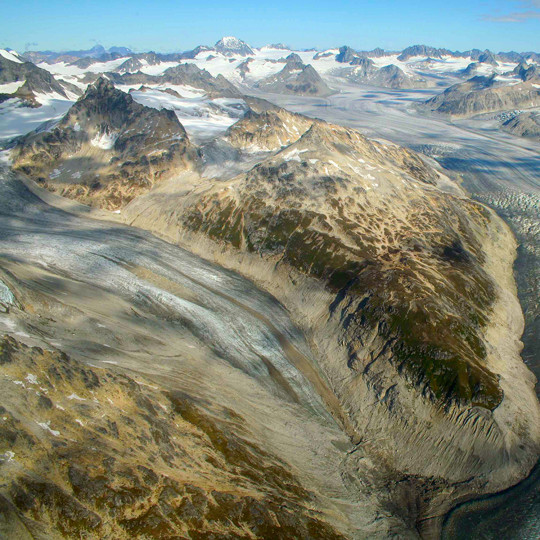
Ice Age
An ice age is a period in which the earth's climate is colder than normal, with ice sheets capping the poles and glaciers dominating higher altitudes. Within an ice age, there are varying pulses of colder and warmer climatic conditions, known as 'glacials' and 'interglacials'. Even within the interglacials, ice continues to cover at least one of the poles. In contrast, outside an ice age temperatures are higher and more stable, and there is far less ice all around. The earth has thus far made it through at least five significant ice ages.
Continue reading...
36 notes
·
View notes
Text
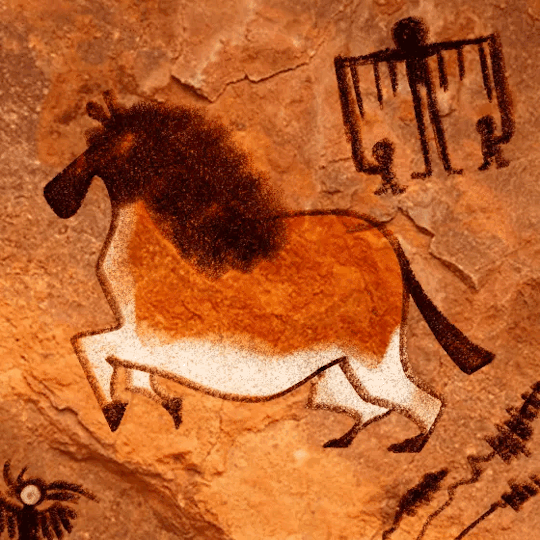
Here’s that horse again
*in the tone of a estranged grandmother*
You love horse
Horse was always your favourite what happened?
#mecharex makes art#creature design#character design#artwork#artists on tumblr#art#digital art#digital artist#animation#paleoart#paleo#paleolithic#horse#cave art#clip studio paint#animated gif#animal#pony
25K notes
·
View notes
Text


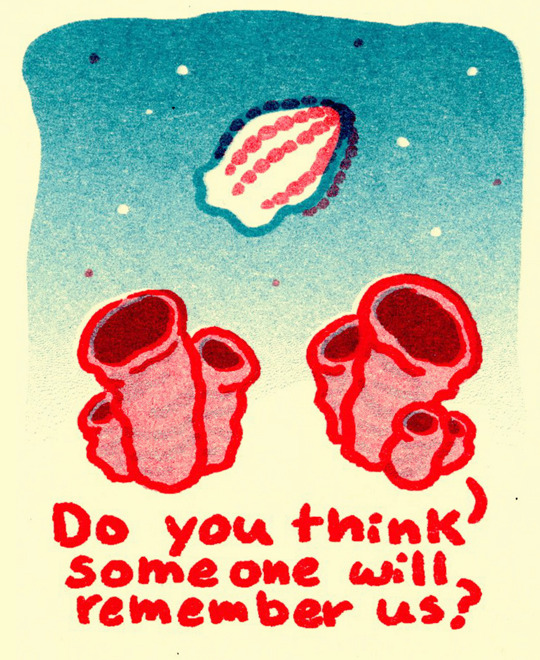
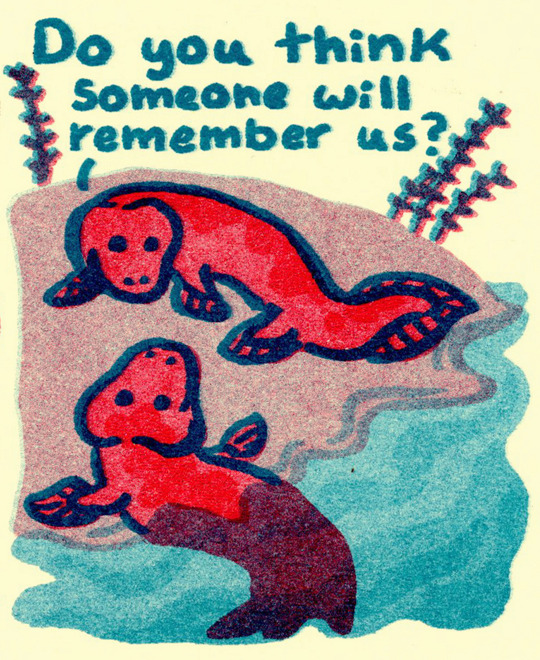

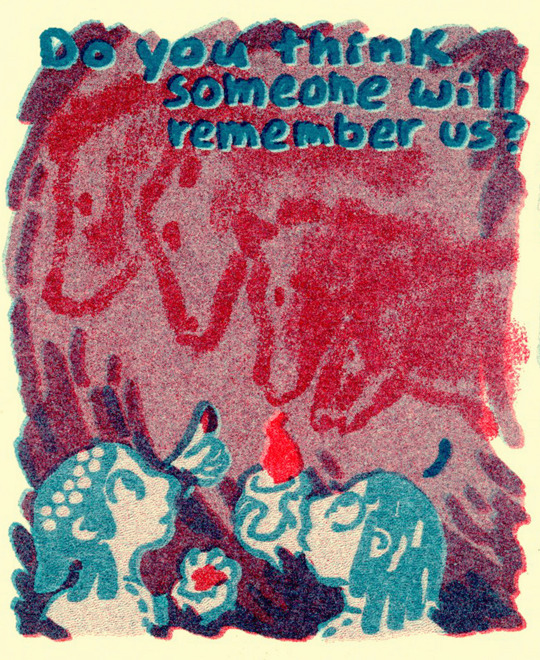



Do you think someone will remember us?
DEEP TIME was originally published as an accordion-fold comic glued into a circular shape, so the story could be read backwards and forwards from any starting panel. Physical editions of DEEP TIME printed in bright red and teal risograph are avaliable in my shop.
#my artwork#comics#risograph#paleoblr#tiktaalik#paleolithic#astronaut#space exploration#dinosaur#history#artists on tumblr#my comics#long post
15K notes
·
View notes
Text

An extraordinary Acheulean handaxe knapped around a fossil shell circa 500,000-300,000 years ago.
The maker appears to have deliberately flaked around the shell to preserve and place it in a central position. As a result this handaxe has been described as an early example of artistic thought.
From West Tofts, Norfolk.
Museum of Archaeology and Anthropology, University of Cambridge, Courtesy Alison Fisk
11K notes
·
View notes
Text
In the 1980s in France, musicologists and archaeologists Iégor Reznikoff and Michel Dauvois used their voices to explore caves with notable Paleolithic wall paintings. By singing simple notes and whistling, they mapped their perceptions of the caves’ acoustics.
They found that paintings were often located in places that were particularly resonant. Animal paintings were common in resonant chambers and in places along the walls that produced strong reverberation.
As they crawled through narrow tunnels, they discovered painted red dots exactly located in the most resonant places. The entrances to these tunnels were also marked with paintings. Resonant recesses in walls were especially heavily ornamented.
In a 2017 study, a dozen acousticians, archaeologists, and musicians measured the sonic qualities of cave interiors in northern Spain. The team, led by acoustic scientist Bruno Fazenda, used speakers, computers, and microphone arrays to measure the behavior of precisely calibrated tones within the cave.
The caves they studied contain wall art spanning much of the Paleolithic, dating from about forty thousand years to fifteen thousand years ago. The art includes handprints, abstract points and lines, and a bestiary of Paleolithic animals including birds, fish, horses, bovids, reindeer, bear, ibex, cetaceans, and humanlike figures.
From hundreds of standardized measurements, the team found that painted red dots and lines, the oldest wall markings, are associated with parts of the cave where low frequencies resonate and sonic clarity is high due to modest reverberation.
These would have been excellent places for speech and more complex forms of music, not muddied by excessive reverberation. Animal paintings and handprints were also likely to be in places where clarity is high and overall reverberation is low but with a good low-frequency response.
These are the qualities that we seek now in modern performance spaces.
Sounds Wild and Broken, David George Haskell
10K notes
·
View notes
Text
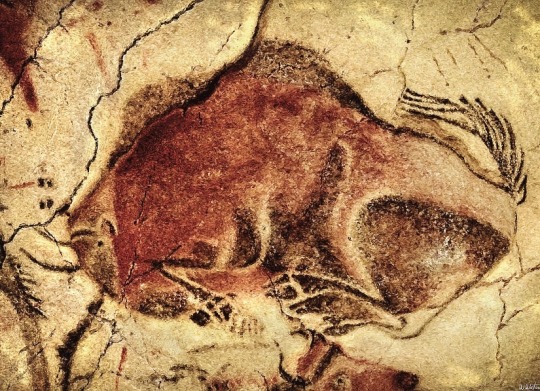

Bison From Cave Of Altamira, Santander, Spain, ca. 10,000 B.C, with artist’s interpretation.
#cave paintings#cave art#bison#paleolithic#petroglyphs#wild animals#animals in art#art history#aesthetictumblr#tumblraesthetic#tumblrpic#tumblrpictures#tumblr art#tumblrstyle#artists on tumblr#tumblrposts#early humans#altamira#spain#national treasure
5K notes
·
View notes
Text

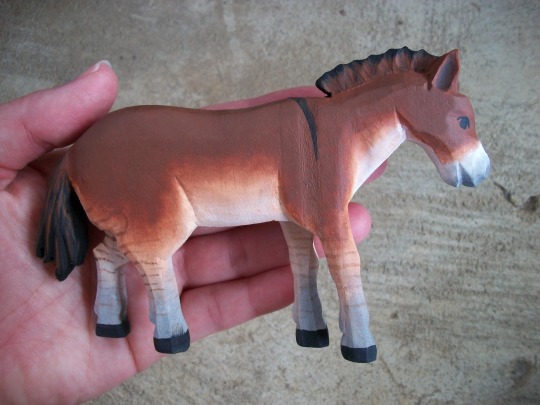


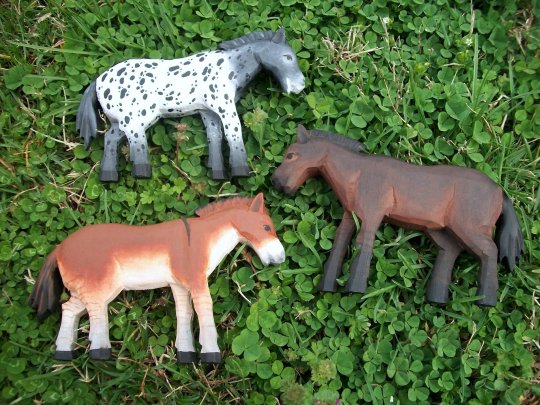

Few more shots of the Cave Ponies going up in my Etsy shop tomorrow (3/16)!
I bought these sweet little wooden horses years ago at a craft store and finally got around to painting them recently. Their coat colors and markings are inspired by horses depicted in Paleolithic cave paintings <3
2K notes
·
View notes
Text



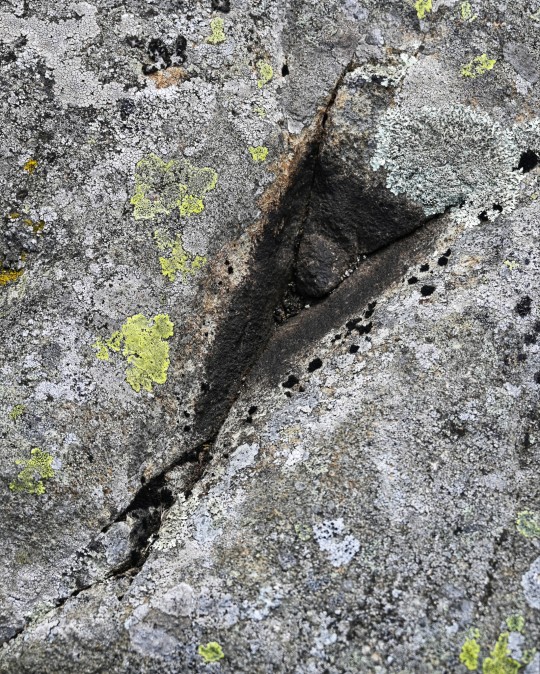
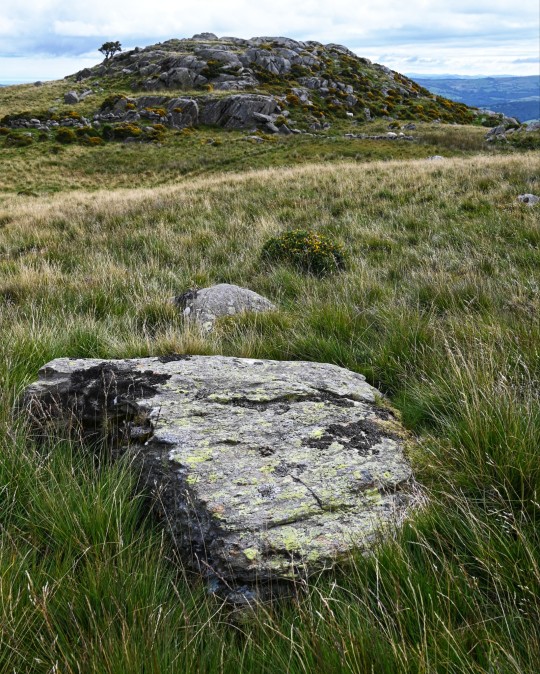
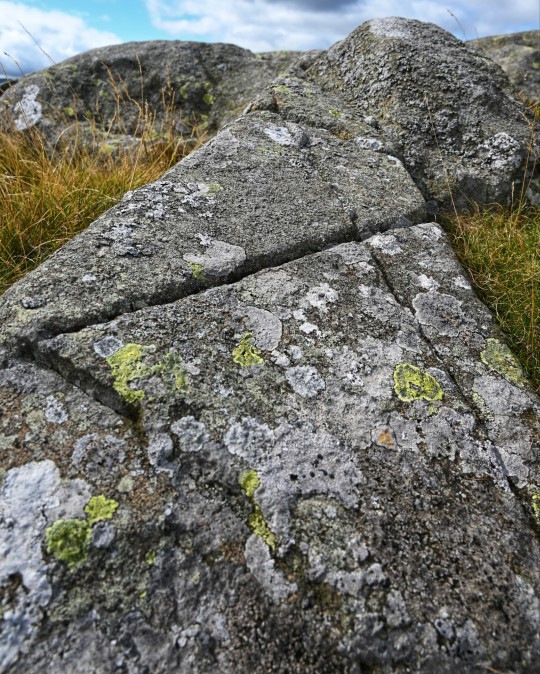

Craig Celynin Ancient Landscape, nr. Rowen, Conwy Valley, Wales
#ice age#stone age#bronze age#copper age#iron age#neolithic#mesolithic#calcholithic#paleolithic#prehistoric#prehistory#landscape#wales#archaeology#geology
4K notes
·
View notes
Text



A bigger decorative piece with cave painting handprints. River pebble and tempera
#miniature#painted stones#rock painting#cave art#rock art#pebbles#painted rocks#minerals#handprints#painted miniatures#neolithic#paleolithic#my art
2K notes
·
View notes
Text
There is a growing body of physiological, anatomical, ethnographic, and archaeological evidence to suggest that not only did women hunt in our evolutionary past, but they may well have been better suited for such an endurance-dependent activity.
We are both biological anthropologists. I (co-author Cara) specialize in the physiology of humans who live in extreme conditions, using my research to reconstruct how our ancestors may have adapted to different climates. And I (co-author Sarah) study Neanderthal and early modern human health. I also excavate at their archaeological sites.
It’s not uncommon for scientists like us—who attempt to include the contributions of all individuals, regardless of sex and gender, in reconstructions of our evolutionary past—to be accused of rewriting the past to fulfill a politically correct, woke agenda. The actual evidence speaks for itself, though: Gendered labor roles did not exist in the Paleolithic era, which lasted from 3.3 million years ago until 12,000 years ago. The story is written in human bodies, now and in the past.
[...]
Our Neanderthal cousins, a group of humans who lived across Western and Central Eurasia approximately 250,000 to 40,000 years ago, formed small, highly nomadic bands. Fossil evidence shows females and males experienced the same bony traumas across their bodies—a signature of a hard life hunting deer, aurochs, and woolly mammoths. Tooth wear that results from using the front teeth as a third hand, likely in tasks like tanning hides, is equally evident across females and males.
This nongendered picture should not be surprising when you imagine small-group living. Everyone needs to contribute to the tasks necessary for group survival—chiefly, producing food and shelter, and raising children. Individual mothers are not solely responsible for their children; in forager communities, the whole group contributes to child care.
You might imagine this unified labor strategy then changed in early modern humans, but archaeological and anatomical evidence shows it did not. Upper Paleolithic modern humans leaving Africa and entering Europe and Asia show very few sexed differences in trauma and repetitive motion wear. One difference is more evidence of “thrower’s elbow” in males than females, though some females shared these pathologies.
And this was also the time when people were innovating with hunting technologies like atlatls (spear throwers), fishing hooks and nets, and bow and arrows—alleviating some of the wear and tear hunting would take on their bodies. A recent archaeological experiment found that using atlatls decreased sex differences in the speed of spears thrown by contemporary men and women.
Even in death, there are no sexed differences in how Neanderthals or modern humans buried their dead or the goods affiliated with their graves. These indicators of differential gendered social status do not arrive until agriculture, with its stratified economic system and monopolizable resources.
All this evidence suggests Paleolithic women and men did not occupy differing roles or social realms.
1K notes
·
View notes
Photo
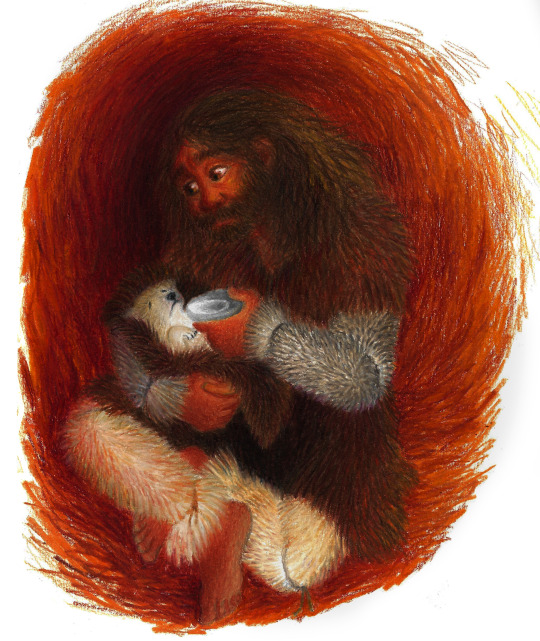
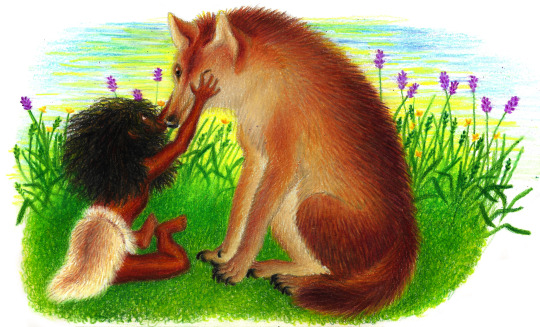
Paleolithic humans
Been meaning to make art of early humans for a while and these in particular were greatly inspired by this article:


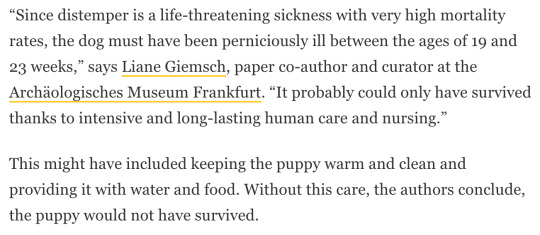

#ask to tag#these are just bits of the article go to the link to read the full thing#the look of the dogs is prob not very accurate lol i tried to go for something wolf-like but clearly not a wolf#i imagine there were prehistoric dogs that would be patient with children back then. hence the second illustration :)#art#illustration#colored pencil#paleolithic#dogs#animal death
5K notes
·
View notes
Text

there was no individual, there was not even you or i
493 notes
·
View notes
Text
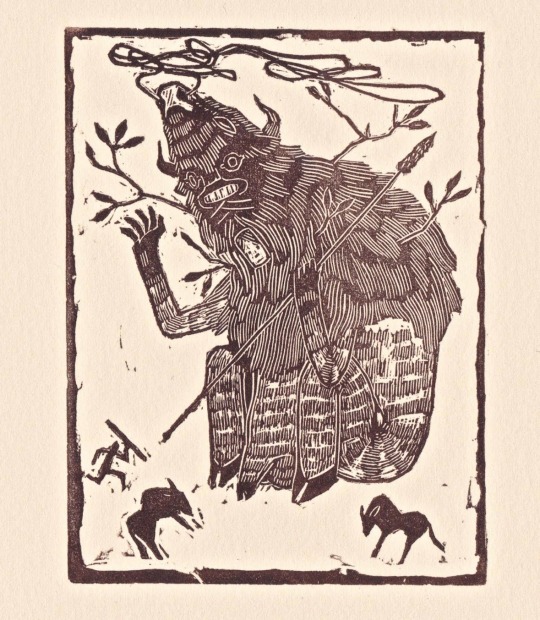
Paleolithic, one of my first prints and it’s a mini.
#art#nature#california#bay area#mendocino#sonoma#printmaking#ink#illustration#mokuhanga#paleolithic#bison#linocut#linoleum#print#mini
712 notes
·
View notes
Text
They've found another prehistoric cave in France, with engravings, silex and jewellery made of seashells. One of the major engravings is of a vulva and it's said to be 16 000 years old.
It's not the first time they find female engravings in french caves so I'll leave you with some more:

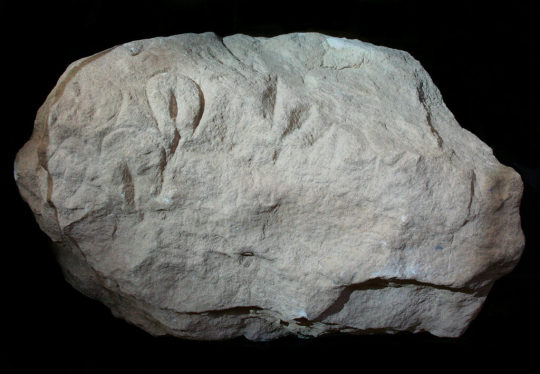







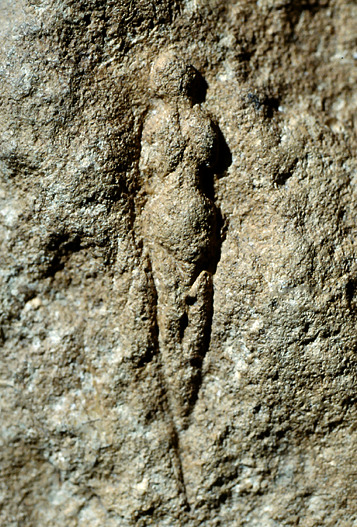
2K notes
·
View notes
Text

Carved mammoth ivory figurine of a horse uncovered near Lourdes, France, circa 13,000 BC
from The National Archaeological Museum, France
402 notes
·
View notes
